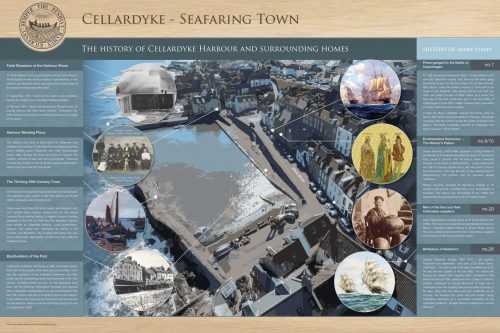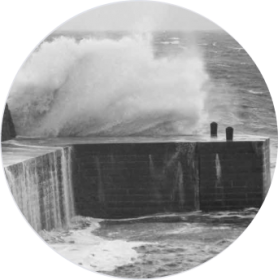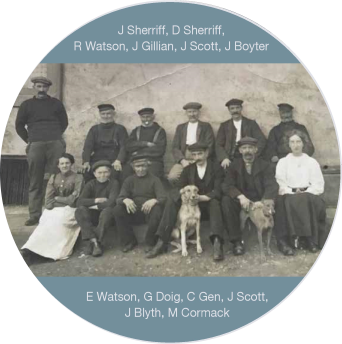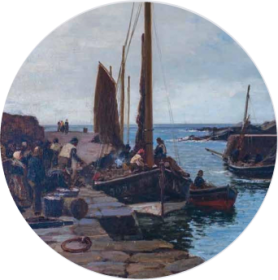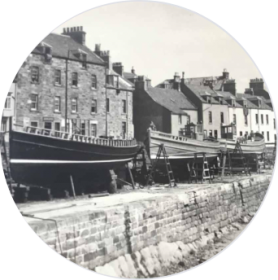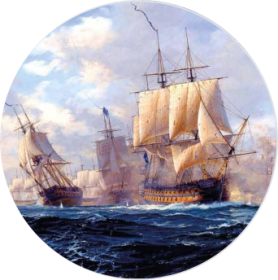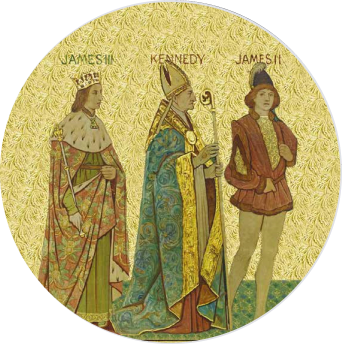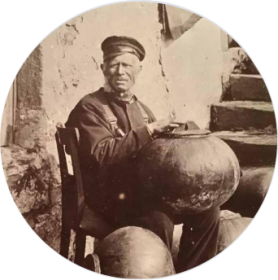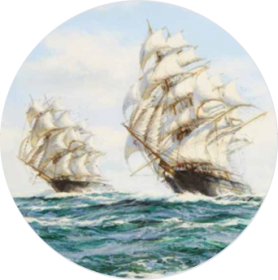Seafaring Town
The History of Cellardyke Harbour and Surrounding Homes
Fatal Disasters at the Harbour Shore
In 1813 Kilrenny Town Council petitioned the Convention of Royal Burghs to help finance harbour improvements. In the petition, two disasters which took place within a few yards of the shore are emotionally described.
In September 1793, ‘seven of the boat’s crew perished, leaving five widows and seventeen helpless children’.
In February 1800 – ‘seven men drowned at the same spot, all leaving widows and thirty three children’. Throughout the 19th Century many more such disasters would occur in sight of the shore.
Harbour Meeting Place
The harbour has been a focal point for fishermen and seafarers for centuries. It was both their workplace and their social meeting place.
Fishermen and other townspeople would meet, discuss the boats and sizes of catches, the weather, the price of fish, and share local gossip.
These are some of the worthies in the 1910s who posed at the harbour bench only a few feet from this Board.
Nets and Black Dykes
The fortunes of Cellardyke fluctuated with the fishing trade. The population grew quickly in the 19th century and by the 1870s Cellardyke was a thriving town.
There were more than fifty boat owners and skippers with one hundred other captains joining them for the annual Lammas Drave herring fishing. In August, shoals of herring appeared in the Firth of Forth and the abundant catches were landed at Cellardyke harbour.
Local boatbuilders, coopers, fish curers and merchants all shared in the rewards, and flourished. The smoked and salted fish was sent to Edinburgh, Manchester, London and many cities on mainland Europe.
Farmland to RAF Base to Holiday Camp to Housing
Cellardyke craftsmen, like those in other East Neuk towns, built their fishing boats within their own communities.
Such was the reputation of the Cellardyke fishermen and their boats that the boatbuilding trade flourished here in the 19th century, providing boats not only for the expanding local fleet, but for fishermen throughout Scotland and beyond.
Many Cellardyke boatbuilding firms were established in the late 19th century and set up boatyards around the harbour. In the 1930s boats were built and launched from the bulwark into the harbour. Refleurir was the last fishing boat to be built in Cellardyke in 1938.
The History of Shore Street
Press-ganged to the Battle of Copenhagen
no 7. Shore Street
In 1798, during the Napoleonic Wars, Thomas Watson a 34 year old Cellardyke mariner, was taken by the press gang and forced to serve in the Royal Navy. His 20 year old wife, Mary Buick, made the perilous journey to Yarmouth to be closer to her husband.
After giving birth to their first son John, she joined Thomas on HMS Ardent, as a nurse. The ship was in the fleet which took part in the first Battle of Copenhagen in April 1801. Ardent suffered heavy casualties and Mary aided the ship’s surgeon.
In later life Mary’s daughter claimed the family were on board HMS Victory during the Battle of Trafalgar. She would reminisce that her mother nursed the fatally wounded Lord Nelson. The family eventually returned to Cellardyke and built a house at 7 Shore Street.
Ecclesiastical Sanctuary – The Bishop’s Palace
no 9/10. Shore Street
James Kennedy (1408-1466), grandson of King Robert III and Bishop of St Andrews was gifted the lands of Kilrenny by King James II.
Around 1452 he had a stately tenement erected on the shore at Skinfasthaven. It was constructed on a tier of massive arches and a pier was built to save it from the storms. This was the start of the development of Skinfasthaven, the harbour that for centuries served Cellardyke.
Bishop Kennedy founded St Salvator’s College in St Andrews and played a leading role in the Government of Scotland. The Palace was demolished in the 1830s and
replaced by the present building at 9/10 Shore Street.
Men of the Sea and their Cellardyke suppliers
no 20. Shore Street
Adam Reid repairing canvas buoys at 20 Shore Street in the 1880s. The buoys were patented and produced at Duncan & Black’s Cellardyke Oilskin Factory in James Street, one of the many oilskin factories in the town.
Local shops supplied all the needs for the boats and their crews.
Birthplace of Seafarers
no 26. Shore Street
Captain Alexander Rodger (1801-1877) – sea captain, shipowner and adventurer – was born at 26 Shore Street, Cellardyke.
He went to sea at the age of nineteen and at 22 he had become captain of his own ship. He owned the famous tea clipper ship Taeping which competed in the Great Tea Race of 1866, sailing from Fou-Tcheou in China to London. Captained by Donald Mckinnon of Tiree with a Cellardyke crew, the Taeping narrowly won after a journey of 99 days. They beat the Ariel crew from Anstruther by 28 minutes.
He travelled the globe and led sixteen young Cellardyke fishermen on a successful expedition to the Australian goldfields. Rodger Street in Cellardyke is named after him.

